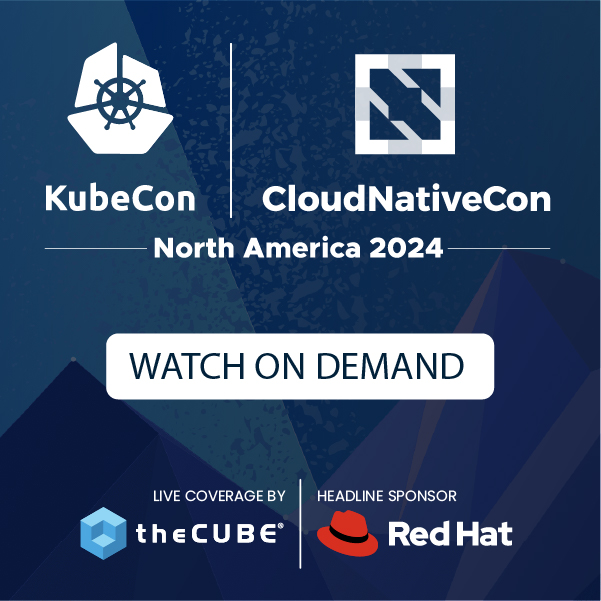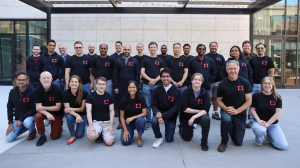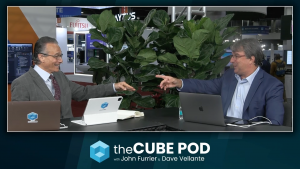Amazon.com’s New Robots and the Limits of IT Services
![]() It was announced this week that Amazon.com is dropping no less than $775 million to purchase Kiva Systems, a company that manufactures robots for use in warehouses (Kiva prefers the term “material handling technology,” but you get the point). On the one hand, it’s a way for Amazon to improve its efficiency, and thus its margins, in the e-retail giant’s rapidly-expanding network of warehouses.
It was announced this week that Amazon.com is dropping no less than $775 million to purchase Kiva Systems, a company that manufactures robots for use in warehouses (Kiva prefers the term “material handling technology,” but you get the point). On the one hand, it’s a way for Amazon to improve its efficiency, and thus its margins, in the e-retail giant’s rapidly-expanding network of warehouses.
On the other, it’s a case in point on how even Amazon, a major player in the infrastructure-as-a-service cloud space and no stranger to technological innovation, understands that there are simply some problems that improved and efficient computing infrastructure simply can’t tackle.
“Amazon has long used automation in its fulfillment centers, and Kiva’s technology is another way to improve productivity by bringing the products directly to employees to pick, pack and stow. Kiva shares our passion for invention, and we look forward to supporting their continued growth,” said Dave Clark, vice president of global customer fulfillment for Amazon.com, in a statement.
Kiva Systems was formed in 2003 by current CEO Mick Mountz, a veteran of high profile dot-com era delivery service (and eventual failure) Webvan. Kiva’s customers, other than Amazon, include the Gap, Staples and Saks. Kiva’s funding came from investors like Bain Capital Ventures and Meakem Becker Venture Capital.
For Amazon, fulfillment has always been a hurdle. As the New York Times points out, Amazon’s e-retail growth and its aggressive efforts to promote the Amazon Prime free shipping program naturally lead into an increasing difficulty curve for order fulfillment. More customers need more packages faster from more distribution centers (69 at last count), and these robots could be the solution.
Services Angle
From where I’m standing, the takeaway here is that Amazon turned to physical automatons – not server automation or any of the other tools that can be used to optimize computing infrastructure – to improve its business efficiency. This highlights an absolutely critical point for IT decision makers. At a certain point it stops being about the intelligent application of services, and starts being about finding the people you trust to get the job done in a real world not ruled by ones and zeroes – even if those people are robots.
A message from John Furrier, co-founder of SiliconANGLE:
Your vote of support is important to us and it helps us keep the content FREE.
One click below supports our mission to provide free, deep, and relevant content.
Join our community on YouTube
Join the community that includes more than 15,000 #CubeAlumni experts, including Amazon.com CEO Andy Jassy, Dell Technologies founder and CEO Michael Dell, Intel CEO Pat Gelsinger, and many more luminaries and experts.
THANK YOU











